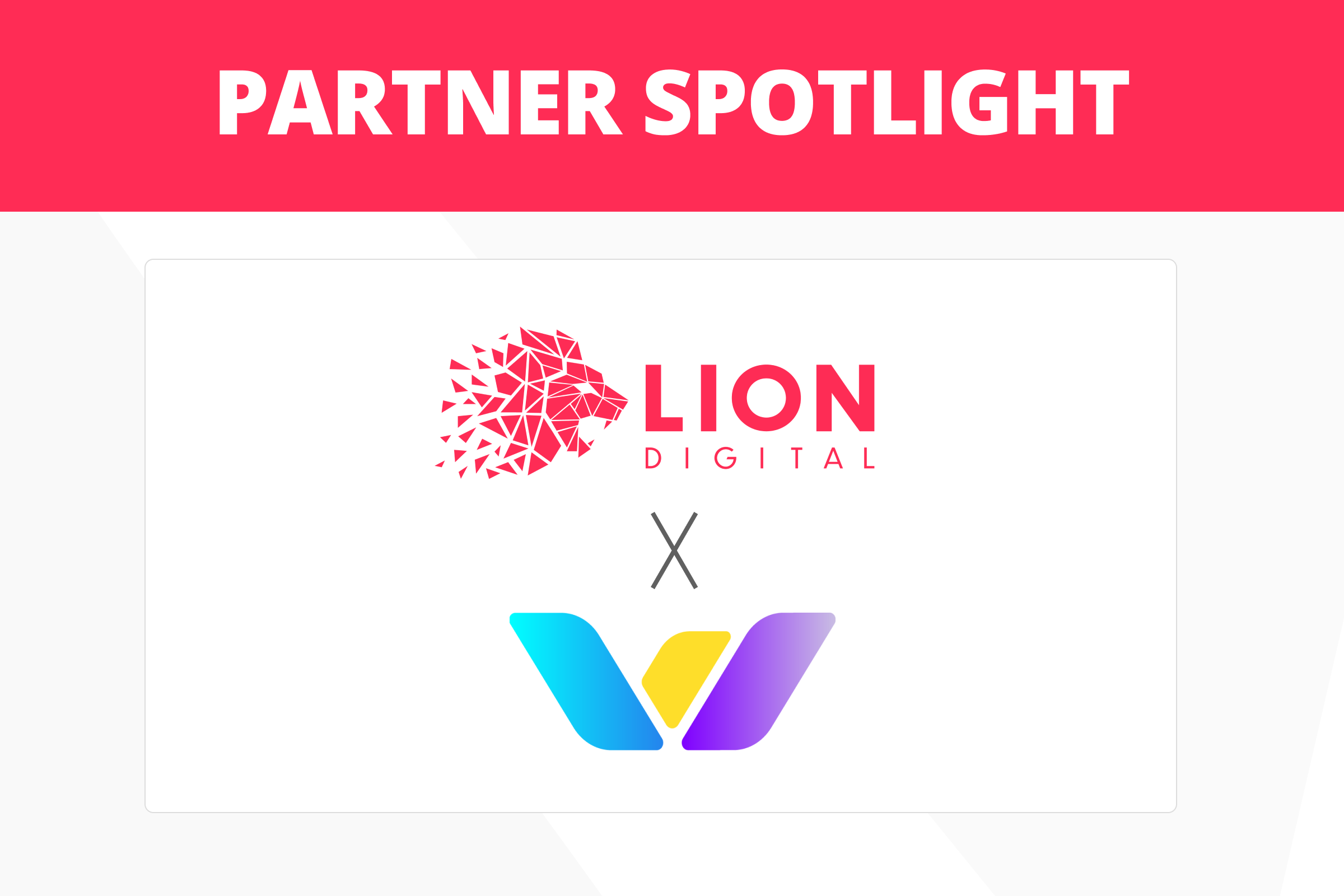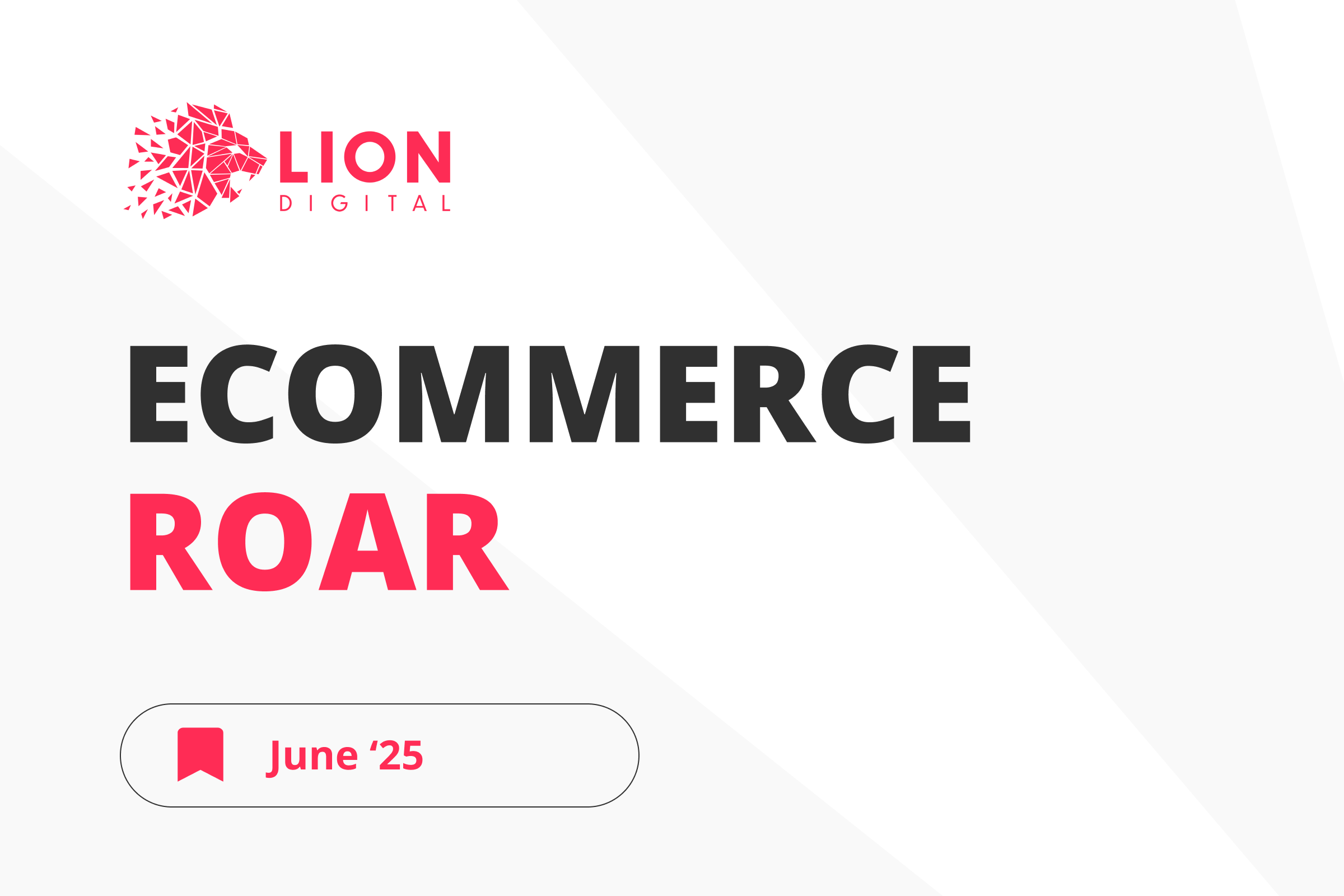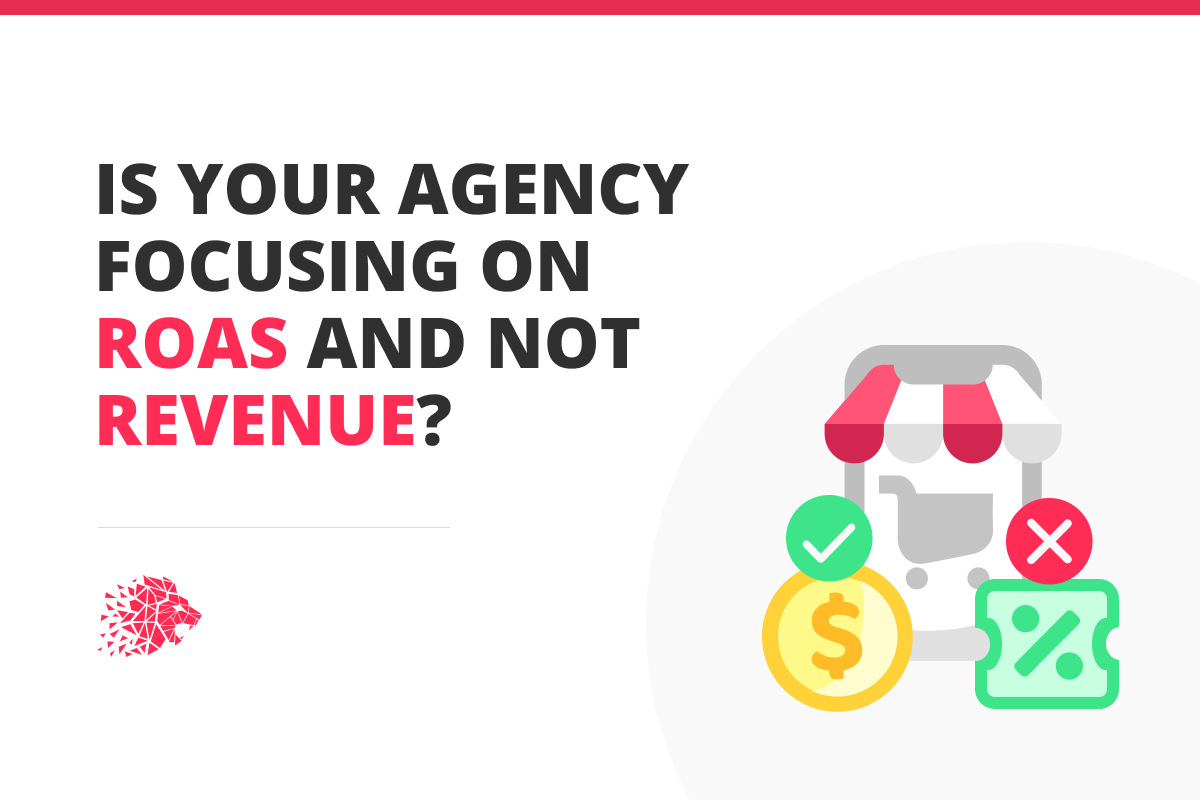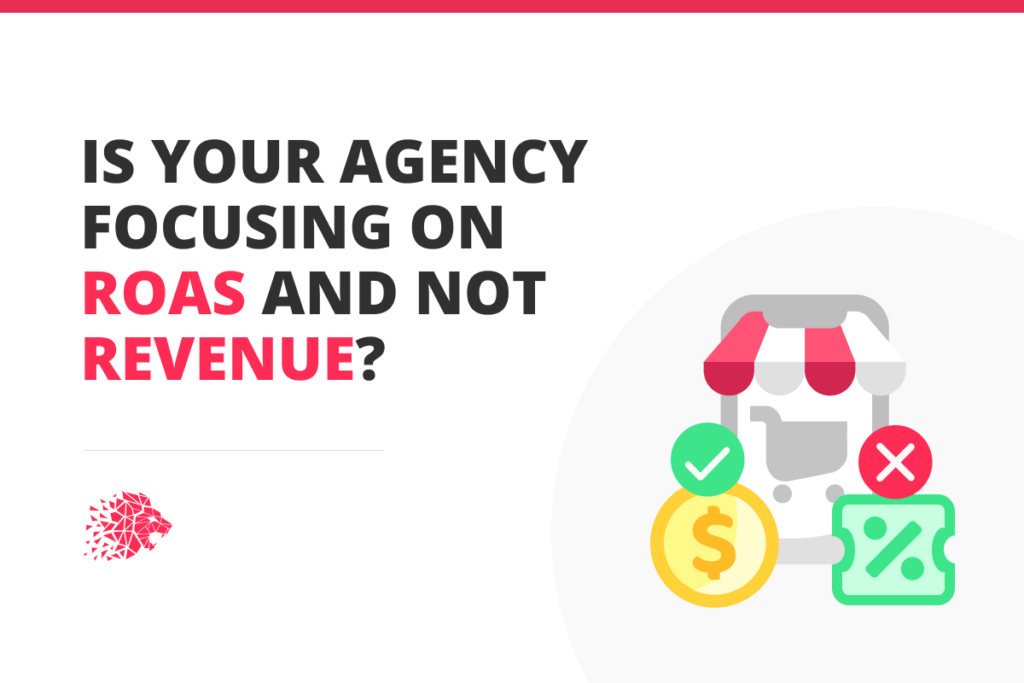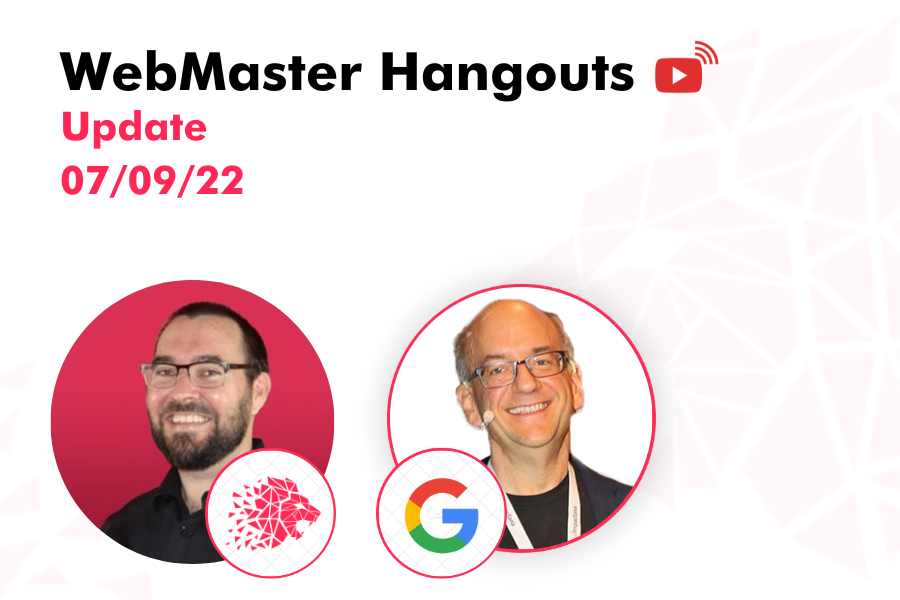
Succeeding with engaging marketing activities in the holiday season assumes thoughtful planning of customer acquisition and retention strategies and their creative realisation. To help you get started, LION compiled a list of initiatives grouped into:
- Tactical – organised by readjusting standard channels and tools that are typically already in place in the majority of eCommerce companies, and the outcomes will be seen immediately after appliance;
- Strategic tools for customer retention need more time and effort to plan, launch and manage. However, the results are a solid base for the entire business’s longevity and subsequent scaling.
Tactical initiatives
Customer research and feedback
Generally, understanding the customer starts from target audience research and continues on the various marketing channel touch points. Capture the intention and attention of holiday shoppers by:
- Surveying to collect information about the holiday shopping plans of the customers
- Researching general shopping trends in the market
- Sharing gift lists with popular items
- Introducing holiday trends to inspire
- Running teasing campaigns
- Launching early access for loyal customers
- Optimising the purchase process.
However, the customer journey doesn’t end with the purchase! 37% of respondents claim that more than five and 33% – more than three purchases are needed to create solid brand loyalty. Therefore, post-purchase communications are invaluable contributors to the overall business management process. Why did customers buy this particular product? What is the level of their satisfaction? How do they use the product or service? If they don’t use it, then why? What is the definition of customer loyalty specifically for your company? Moreover, remember that enriched data and an extra occasion to be in touch with the customer is another perfect way to cross-sell.
Encourage users at the right moment to create an account
The importance of account creation for repurchasing and increasing the customer retention rate is apparent. The problem is that the mandatory creation of an account could be an issue because many online shoppers prefer to purchase as a guest, so asking to create an account could prevent them from placing their first orders. However, you can suggest an account creation immediately after the first purchase is completed and even simplify the process by applying the information from the details of this order.
Send only value-adding emails
There is a list of must-have emails to start:
- Welcome email
Don’t miss the opportunity of using the email with the highest possible open rate of 50-60% at its maximum capacity. Personalise it apart from just using the name, but applying the details of the purchase and incorporating the personalised suggestion of similar products and services blocks. - Content email
Send a selection of relevant content in different formats to maintain customer engagement even after holiday sales seasons: promoting new offers, bundles, and special gifts to a specific segment of the target; sharing relevant content from the company’s blog and establishing the brand as a thought-leader in the industry; interacting with the audience by surveying and asking questions about the experience with the brand; updates about new products and information that your audience will find valuable. - Upsell email
Existing customers already have a history of successful experiences. Therefore, they trust the company and are more eager to purchase again. At the same time, the data collected during the previous order allows one to personalise subsequent communications easily. - Abandoned cart email
The goal is the suggestion to proceed, provide some promo code that could be applied to gain additional perks or simply show that the company is ready to receive feedback.
Emails can help to build customer relationships before and after purchases, but only if they add benefits to the customer experience that holiday shoppers probably wouldn’t want to miss. Worth putting yourself in the client’s shoes and asking, “So what?” – the question client asks when reads the email, critically assessing the information and the relevance of the received stimulant to act.
Retarget ads on social media
Apart from organic coverage that could be gained through appealing social media posts and encouraging the clients through various communication channels to follow and engage with the brand, as one of the best customer retention strategies, consider plugging in the social media’s retargeting power, which allows showing ads on social to people who already somehow were engaged with the website starting from those visited it once to those who dropped the cart.
Discount or credit for those who return
When the margins are low, applying discounts or credit strategies could negatively affect the bottom line. However, sending them for existing clients’ next purchases or retaining those who haven’t purchased for long could be a winning strategy to increase customer retention rate. Considering the amounts on discount and credit as a way to cut customer acquisition costs, increasing thought as a standard discount of 10% up to 20% or even more doesn’t seem excessive.
Strategic initiatives
Boost your customer support to the next level
A proper level of customer support became an unspoken golden standard for the highly-competitive eCommerce field. Online shoppers are most likely unpleasantly surprised if the company doesn’t match these standards. However, creating additional value could add to communications with clients an element of surprise and delight that puts the business, in the eyes of this particular customer, in a special place, spotlighting among the competitors:
- Sustainable 24-hour service
Attract customer support agents, sourcing them across different time zones to provide outstanding 24-hour service alongside sustainable working conditions. - Live chat
The flexibility of the time to send the request and receive the responses makes live chat the communication type the eCommerce customers prefer over the phone and email communications. - Omnichannel customer service options
An omnichannel customer support strategy guarantees that you have agents spread across multiple channels, ready to meet and provide timely and eligible support to customers where they are. - FAQ page and store policies
Big holiday sales seasons are the sources for a large amount of data collection, and it is an omission not to use insights to make the next year’s customer experience more advanced. Collect, analyse and systemise the information about the most frequent queries related to the business on FAQ pages and predefined store policies, and the next holiday sales season may proceed much more smoothly.
Own the responsibility even if others are to blame
The customer experience contains different stages, elements and actors. The customers cannot and shouldn’t have to be able to separate these elements. Therefore, they apprehend the experience as a whole, and if something small licks, the overall customer experience impression could be damaged. Being able to own the responsibility for clients’ difficulties and turn the negativity into positivity should be one of the key methods in customer retention strategy and loyalty management.
Personalise the customer journey
The main point of difference for an eCommerce business could be creating a customer journey that feels as if it was explicitly designed with customers in mind and was tailored to the specific customer’s need. Improve the customer retention rate by differentiating the company from its competitors and making loyal customers flow away harder:
- Positive emotions and entertaining experiences
Gamification on the website, reusable packaging and other ideas at each stage of the customer journey – positive associations make the company product or service much more memorable in the customer’s mind. - Unexpected gifts and thank you notes
Miniature versions of the product samples or personalised and branded thank you notes with a handwritten signature included in the order are a striking touch perfectly appropriate for the holiday seasons and birthdays.
Return policy as the security guarantee to clients
92% of consumers polled claim they will be ready to buy from the online store again if the product return process is easy. It is connected to feeling secure from the risks of wasting money and extra time beyond what was already invested on an item that can or cannot match the requirements or the initially stated product description. Remind online shoppers that they can trust you if they’re not satisfied with the product, and they will be more likely to buy from your business, even if they’re unsure about a product.
A good return policy considers all conditions when a request can be qualified and specifically underlines the situations when it cannot be qualified as a return. Ensure ahead that the return policy is clear, reasonable and fair.
Customer loyalty program – never dying classics
A sustainable customer portfolio contains a balanced range of new and retained clients. The strategies for working with retained clients consider the frequency of purchases as the key indicator to focus on. The importance of customer loyalty and engagement cannot be overestimated. The essence of customer loyalty programs is to reward the customer for various actions, from authorising the credit card and actual purchasing to leaving a review and inviting a friend. What effort should be rewarded and how – depends on the business model specifics and strategy. Regardless, customer loyalty programs are proven to be one of the most efficient ways for customer retention.
Subscription service
Subscriptions provide regular revenue for the business by locking people into purchasing monthly. Moreover, they keep existing customers constantly engaged by delivering personalised experiences, and it shouldn’t have to be mandatorily the entire business model for the online shop. For example, for eCommerce cosmetics retailers, monthly subscription boxes could include miniature versions of the best-selling products.
Conclusion
We hope these LION tips will help you succeed in highly competitive holiday season markets!
Whatever initiatives to retain the customers you choose, uphold a data-driven and creative approach. Don’t forget to measure the efficiency of your efforts and distinguish valuable insights to adjust and change the direction if needed. Last but not least – select dedicated partners in your technology stack.
At LION Digital, we value relevancy the most in complex customer retention strategies. Although we make agnostic recommendations based on customer needs, we recommend Yotpo who is a quality service partner, to help accelerate our clients’ growth by enabling advocacy and maximising customer lifetime value. Yotpo includes the most advanced solutions for SMS marketing, loyalty and referrals, subscriptions, reviews, and visual user-generated content – you can choose depending on what customer retention strategies you want to apply.
Given the influx of volume to the website, Yotpo heavily emphasises leveraging all the first-party data collected during the holiday promotions for post-holiday communications to make smarter, segmented audiences for email and SMS flows. Make this data work for you and provide hyper-personalized marketing to your subscribers. For example, get them back on site with a new product that complements one they have already purchased.




